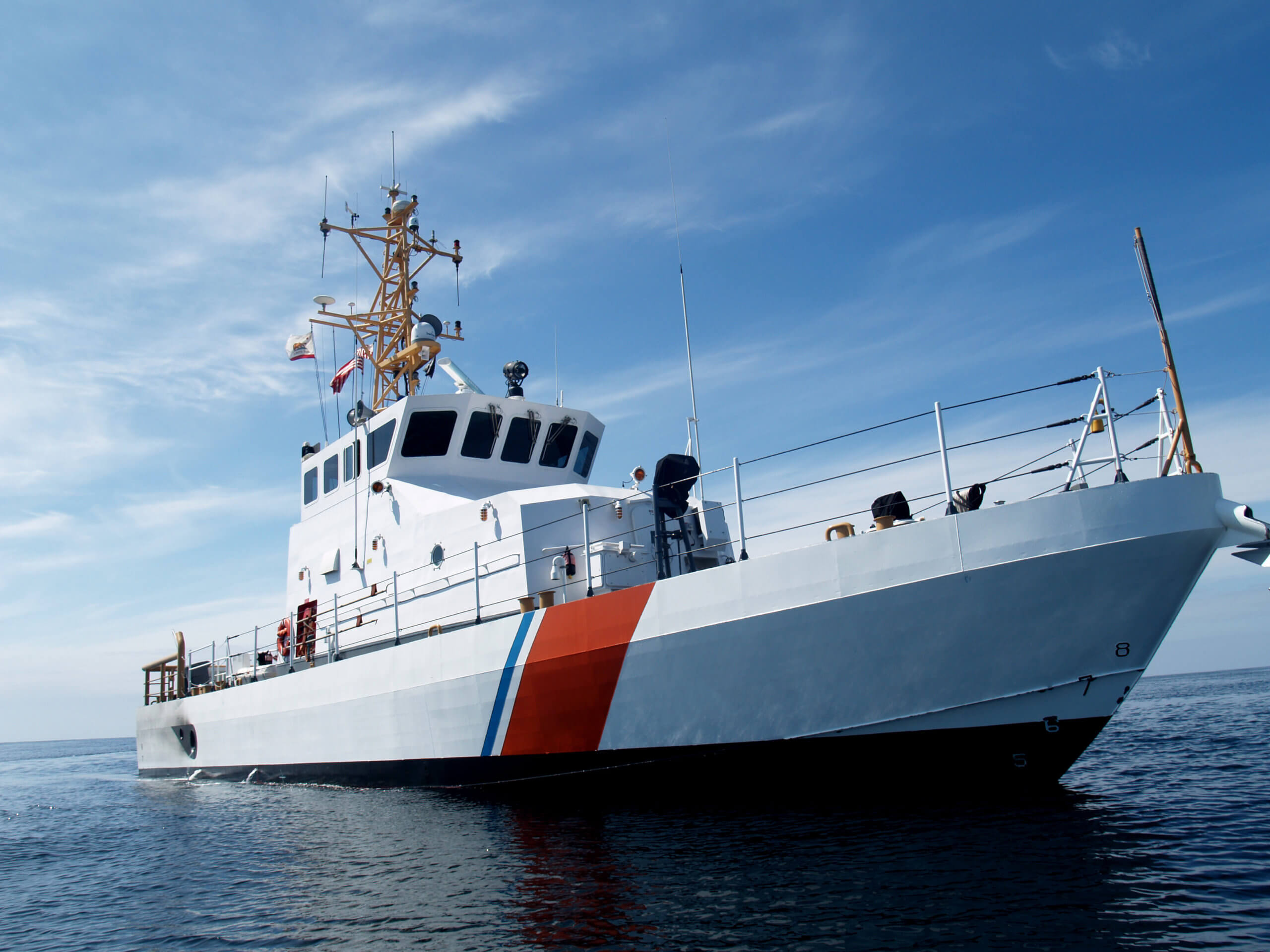Bringing It Home Safely

National Safe Boating Week runs from May 18 to May 24. U.S. Coast Guard Forces nationwide and especially here out East have a lot of plans to take and make safety a daily, year-long event. This column is about that.
National Safe Boating Week – Why?
By 1958, boating by the millions, rather than by the millionaires, was in full swing. What Coast Guard statistics showed was that the democratization of boating was coming at a cost — and it wasn’t the 29-cents per gallon for the gasoline. It was accidents and fatalities.
The U.S. Congress passed the Federal Boating Act and the National Safe Boating Week was born upon President Eisenhower’s signature. It was initially run as a committee — U.S. Coast Guard as chairman, with the U.S. Coast Guard Auxiliary, the Power Squadron, and the Red Cross as its informal members. It still took some time for the focused attention of the Coast Guard on boater safety to work its way through long habits and aged traditions.
It wasn’t until 1973, when 1754 people died in boating accidents, that the trend started to reverse. Why? Why else? Money, people, and untiring focus!
Safety First – The Big Picture
Safety isn’t something you put on like an overcoat. Safety, to be truly effective, needs to be part of your daily habit and part of that is education — day-in, day-out. U.S. Coast Guard Auxiliary Division-18 is all about that. Division 18 is comprised of four flotillas, and it is at the flotilla level where the work gets done. The division supports three Coast Guard stations “Out East” — Sector Field Office Moriches, Station Shinnecock, and Station Montauk.
‘Boat Smart. Boat Safe. Wear it.’
The most recent Coast Guard recreational boating statistics point out that there is still a critical need for boater education. The fatality rate was 5.5 deaths per 100,000 registered recreational vessels. This rate represents a 6.8-percent decrease from last year’s fatality rate of 5.9 deaths per 100,000 registered recreational vessels. Alcohol continued to be the leading known contributing factor in fatal boating accidents. Where the cause of death was known, 76 percent of fatal boating accident victims drowned. Of those drowning victims with reported life jacket usage, 84.5 percent were not wearing a life jacket.
In 2019, the “Wear It!” campaign will continue, reminding boaters from coast to coast to put on their life jacket when on the water. The campaign is sponsored by the Coast Guard Auxiliary, the National Safe Boating Council, and many other boating organizations.
The simple use of life jackets when engaging in any boating or paddle boat activity saves lives. Obeying and knowing the navigation rules or the nautical “rules of the road” through safe boating classes and not drinking alcohol or taking drugs while operating a boat, will save the lives of the boaters and those sharing the water with you. Wearing a life jacket can reduce the number of boaters who lose their lives by drowning each year by approximately 80 percent! It is a simple task that has the potential to reduce terrible loss of lives.
The goal of National Safe Boating Week is to emphasize the year-round effort to promote safe boating. All who enjoy the waters of our beautiful state are urged to practice safe boating habits. Remember: “Boat Smart. Boat Safe. Wear it.”
Kayak Races And TrawlerFests
At nearly $5/gallon for fuel, we can expect the explosion in the use of paddle sports to continue and the Coast Guard’s Operation Paddle Smart is key to curtailing the injuries, and even deaths, that these pastimes are piling up statistically.
Life Jacket Statistics
World War II brought us the inflatable life jacket, as worn by sailors, pilots, and submariners. The fabric, which looked like rubber, dried out easily. Talcum powder was used to keep the fabric pliable. Later on, military technology was applied to making consumer life jackets. These have developed through the years to the various styles we see today. But any life jacket, inflatable or otherwise, must be worn, to work. Here are the stats: 16 people go in the water with life jackets on and 15 come out. 16 people go in the water without life jackets on — and one comes out . . .
Don’t be a statistic.
By the way, if you are interested in being part of USCG Forces, email me at JoinUSCGAux@aol.com or go direct to the D1SR Human Resources department, who are in charge of new members matters, at DSO-HR and we will help you “get in this thing . . .”



